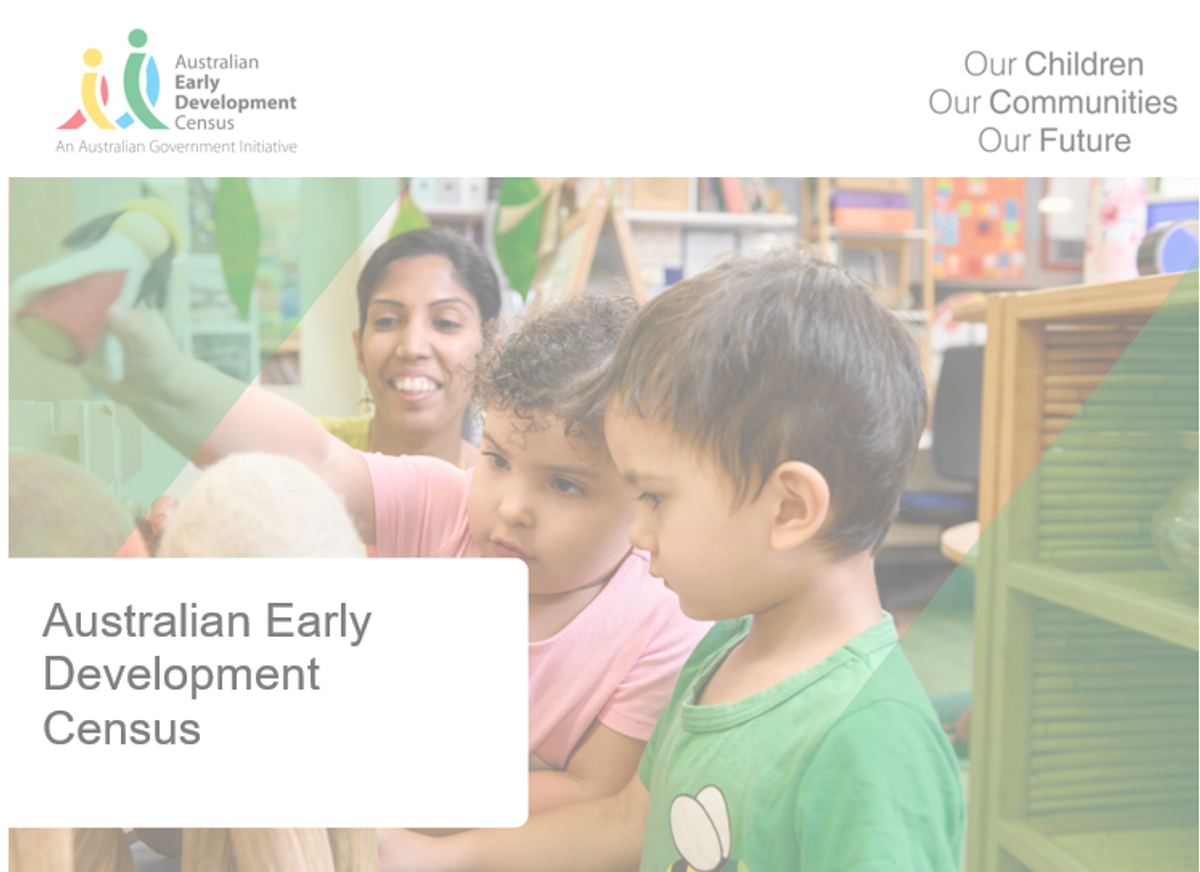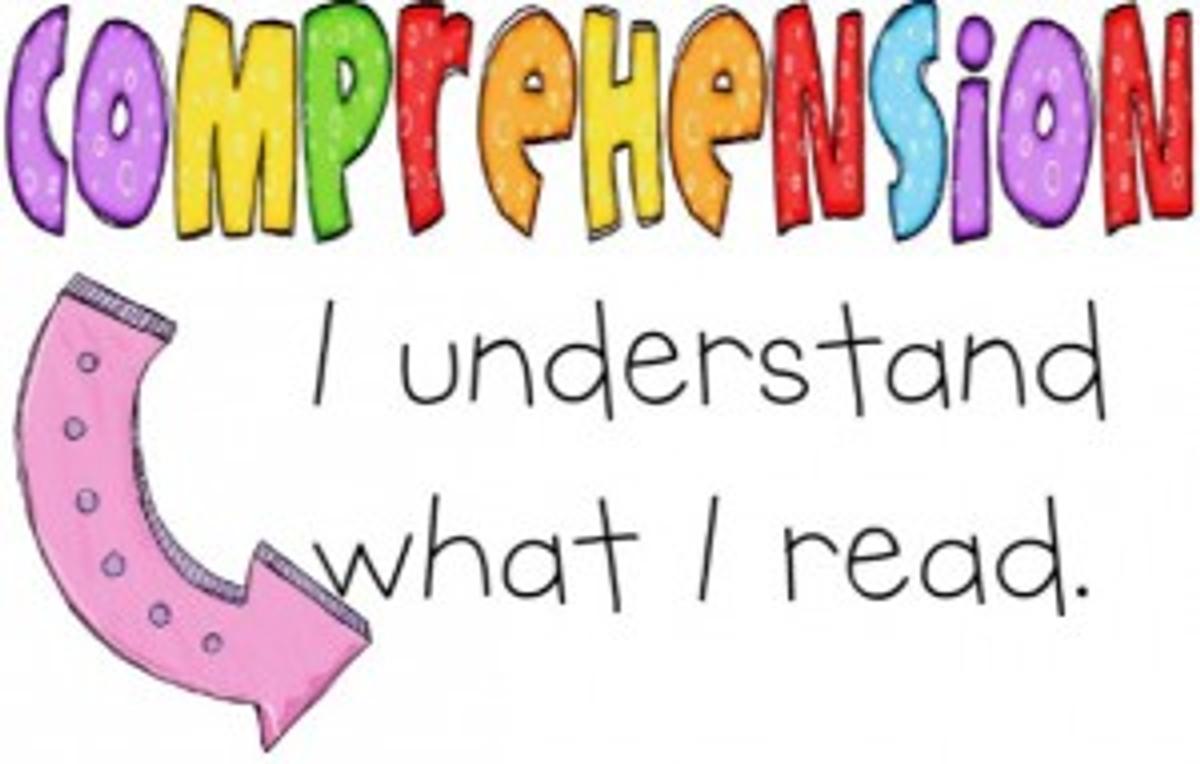Learning & Teaching
Learning and Teaching encompasses the following areas: Student Outcomes, Curriculum, Assessment, Reporting, Principles and Pedagogy.

Learning & Teaching
Learning and Teaching encompasses the following areas: Student Outcomes, Curriculum, Assessment, Reporting, Principles and Pedagogy.
Learning Conversations: Fostering Growth and Connection
We are excited about the upcoming Student-Led Learning Conversations on Wednesday, 19th June.These conversations will allow students to present a work sample and engage in a meaningful discussion with their parents about their learning experiences.
Purpose of the Conversations:
Key Roles in the Conversations:
Role of the Student: Students will take the lead by sharing their learning progress and reflecting on their achievements this year. They will present their learning and explain the rationale behind their learning choices. Using Success Criteria and a work sample, students will provide evidence of their progress and discuss areas for improvement for the next semester.
Role of the Teacher: Teachers will facilitate the conversation, guiding the discussion about the student’s progress. They will also provide insights into the student’s academic strengths and areas needing improvement and offer support as needed.
Role of the Parent: Parents are encouraged to actively listen, ask questions, and celebrate their child's achievements. They are welcome to engage with the teacher, ask questions, and implement suggested strategies at home to support their child’s learning.
We look forward to these enriching conversations, where students proudly share their learning journeys and achievements with their parents. This initiative promotes student agency and strengthens the partnership between home and school, ensuring a supportive environment for every student’s growth.
REPORTING REMINDERS
Monday 17th June - Reports made available to parents via the nForma portal
Wednesday 19th June - Parent/Teacher/Child Learning Conversations 12 pm - 8 pm


Our school and thousands of others nationwide will participate in the Australian Early Development Census (AEDC) in June 2024. The AEDC is a teacher-completed census (similar to a questionnaire) that provides a comprehensive picture of how children have developed by the time they start their first year of full-time school. The AEDC is an Australian Government Initiative completed nationally every three years. Children don’t miss class while the AEDC is completed, and parents/carers don’t need to supply schools with new information. Schools, communities, and governments use the data collected through the AEDC to understand children's and families’ needs better and identify the services, resources, and support they need. AEDC data is reported at the school, community, state/territory, and national levels. AEDC results for individual children are not reported, and the AEDC is not used as an individual diagnostic tool.
To learn more about the AEDC and how it is used to help children and families, visit www.aedc.gov.au.
In continuation from my previous newsletter contribution regarding how to support your child at home, the following is more information that I shared during the Parent Literacy Information session a couple of weeks ago.


Support your child to point to:
- the title of the book or author
- where to begin reading
- where to go when finished reading a page
- the first and last word on a page
- various punctuation marks
- an uppercase/lowercase letter
- the letter a child’s name begins with
- the letter with the “b” sound
- a one-, two-, or three-letter word


The main purpose of reading is to gain information. Therefore, comprehension is crucial if we are to understand what we read. Otherwise, we are simply barking at print, that is reading the words and not gaining anything.
Questioning during reading can support comprehension. For example:
Before You Read
1. What do you think might happen in this story?
While You Read
2. What word do you think should come next?
3. What was that character’s name?
4. Which words do you think best describe this character?
5. Does anything in this book seem familiar to you?
Can you make a connection between what’s happening in this book and something in your own life?
We want children to make these powerful connections to their world because it helps them to better understand what’s happening around them.
After You Read
6. How might this story be different if it was told from another character’s point of view?
7. Can you make up a different ending to this story?
Your child will need to reflect on the story to answer this question, and will also need to think comprehensively about the various routes the plot could have taken. Ask your child to think about why the author chose to write the story and the message.
Next week I’ll share tips on how to support writing at home.
Wishing you a great week ahead,
Bernadette Parnis
bparnis@sfmoreland.catholic.edu.au
With the school holidays approaching, I thought it would be a good time to share this article with you. I know with my four children, holidays can be expensive. I started giving my children money at the start of the holidays and letting them know they would be using this to pay for the ice creams, toys and extra things they wanted to buy while we were away. It really made them think about what to buy. Do they buy the large double ice cream with all the toppings and perhaps run out of money early, or should they stick to a single scoop and see if there was any left later to buy more.
Hope it helps you.
Colleen Monaghan


Raising your kids to be smart with money gives them vital life skills. As a parent, you can shape your child's relationship with money. Start early by showing them where money comes from, how to budget, spend wisely and set savings goals.
Talk to your kids about money
You don't need to be an expert to teach kids about money. When you can, whether at home or when you're out, start a conversation about money. By doing this, you make money part of everyday life.
Your kids will ask you for the things they want. It can be hard to say no. Talk about how there is only so much money. Say you need to stop and think before deciding how to spend it.
How you earn money
Describe how you earn the money you spend. Explain that you get a certain amount of money each time you get paid. Say how you use that money to cover the essentials, like food, clothes and housing.
Needs and wants
Talk about how you prioritise what you spend your money on. Discuss the difference between 'needs' and 'wants' — must-haves and nice-to-haves. Encourage your kids to think about needs and wants before spending money.
Track your spending
When older kids get their first job, they may be tempted to spend all their money at once. Show them how to track their spending to see where their money is going.
Show your kids where money goes
Find everyday moments to teach your kids about money — where it comes from and where it goes.
When you tap and pay
Explain that when you tap your card, it talks to your bank where your money is. When you tap to pay you use money that you've made by working and saving. Each time you tap and pay, you have less money in your account at the bank.
While shopping
While shopping, teach your kids how much things cost:
When paying bills
Show your kids an electricity bill or phone bill. Explain how many hours or days you had to work to earn the money to pay that bill. This will help them start to connect work with how you pay for things.
Get kids involved in money decisions
As your kids get older, get them involved in budgeting, saving and spending.
Check deals
Work with your kids to research online or shop around to find the best deal for something they want.
Plan an event
Involve your kids in planning and budgeting for an outing or a birthday party. Work through the costs with them, such transport, food, tickets or activities.
Do a budget
Do the family budget with your kids. Explain how much money you have each week and how you spend and save it. They'll start to get a sense of the cost of living and how long it takes to save.If they are earning money, help them create their own budget.
Help your kids put together their own budget.
Share their money
Encourage your kids to donate some of their savings to charity. Get them to choose which charity to donate to. Talk about how good it feels to help others. This teaches them you can use money for more than just buying things.
Give kids pocket money
Pocket money can help your kids to understand the value of money. You can choose to pay them for certain tasks, such as:
Make sure you withhold their pocket money if they don't do the tasks. Or reduce the payment if they don’t do a task as agreed. This teaches kids that they only get paid when work has been done to a certain standard.
Encourage your kids to save
Learning to save is an essential money skill.
Piggy banks and bank accounts
Piggy banks are great for younger kids. Even though money is increasingly virtual, coins and notes help kids see and understand money. They can see their money grow as they save. Opening a savings account is a good way to introduce kids to banking, saving and interest. There are also apps to help kids save pocket money and learn good money habits.
Set money goals
Help your kids avoid impulse buys by teaching them to set goals and prioritise how they spend their money. When your child wants to make an impulse buy, remind them about the goal they're saving for. Get them to work out how much longer it will take to reach their goal if they spend today. Use the savings goal calculator
Get your kids to work out how long it will take to reach their savings goal.
SSV Interschool Sport Competition
Once again, our students displayed wonderful endeavour and team spirit in their next two rounds of interschool sport in the SSV Coburg District competition.


This concludes the normal season of interschool sport. Well done to all Year 5/6 students on their efforts throughout the season. Special mention to the girls netball team in completing the season as equal premiers and the girls soccer team finishing equal runners-up in their division.
By completing the season as equal premiers, the girls netball team has qualified to compete in the SSV Coburg District finals competition on Friday 21 June at Coburg West Primary School commencing at 9.30am.
Good luck, girls!
YEAR 5/6 STEM
In STEM, the Year 5/6 students discovered what gravity is and built a device that demonstrates that the gravitational force exerted by Earth pulls objects down, toward Earth’s centre.
Using the LEGO Spike Essentials kit and program, the students collaborated in pairs to help Daniel LEGO to make a model bird that can stay balanced because he loves the way birds stay balanced, even when a branch moves.
View the short clip showcasing the students' coding and LEGO bird balancing.
Year 5/6OS focused on Leonardo da Vinci's famous portrait 'The Mona Lisa'.
They used the Merge Cube to study Leonardo da Vinci’s painting the ‘Mona Lisa’ in 3D and draw a quick sketch of the portrait. We looked at examples of murals and how we could design and create a mural of the Mona Lisa using a variety of mediums and tools. The students were able to study and recognise the features and characteristics of the ‘Mona Lisa’ to draw a section of the ‘Mona Lisa’ portrait for the mural.
View the short clip showcasing the Year 5/6OS amazing and beautiful mural of the Mona Lisa.
BUONGIORNO!




Salve! (Hello!)
LA GIORNATA ITALIANA
Only 3 more sleeps to go before we will be celebrating Italian day - La Giornata Italiana at St Fidelis PS, whereby we will be celebrating Italian culture, via dancing, art, music, food and sport. This will take place at school il giovedì 20 giugno, (Thursday, the 20th of June).
You may have already read in the message through the Audiri app that as part of the celebrations, there will be an Italian Day Costume Parade, which will take place first thing at 9am in Hawthorn Yard, (weather permitting) or in the hall.


I hope your child/ren have all worked out by now what they will be wearing. I've heard that there may be a few Italian famous identities, Mario’s, pizzas and chefs, visiting our parade in the morning. 😉 It may also be a good idea if your child/ren’s costume is bulky that they bring something more comfortable to wear during the rest of the day, eg. school sports uniform.
Genitori e nonni, (parents and grandparents) are most welcome to also attend this parade. 👪
Following this, the children will return to their classes, where you are all welcome to join them and see some of the Italian work they have been learning about so far this year. I hope as many of you can make it.
Please note: that this will only be a short visit, for the children will need to attend to their other planned activities by 10am sharp! Some of the activities include participating in an Italian incursion, making an Italian themed bracelet, a scavenger hunt, Italian artwork and a waiter’s race, just to name a few.
For those of you who have ordered pasta and or gelato through the P&F, please don’t forget to bring in a bowl or container to eat your pasta in. Grazie. If your child/ren didn’t order anything through the P&F, I’m still encouraging them to bring something Italian to eat for lunch, if they can, eg. un panino con formaggio, cotoletta, prosciutto, salame, spaghetti, ravioli, pizza, etc. We are going to see which class has the biggest Italian lunch, ie. which class has the most students having an Italian lunch. 🍝🍨🍕
I’m sure it will be a very exciting day for all and I know that the children are looking forward to it!


Speaking of food … Did you know that yesterday, domenica 16 giugno was National Cannoli Day? This day honours a classic Italian pastry that originated in the South of Italy, on the island of Sicilia (Sicily). Did you get to celebrate cannoli day? If so, I hope they were deliziosi.


On a sporting note, gli Azzurri (the blues), Italy’s National football team (or soccer as we call it here in Australia), are currently participating in the UEFA Euro 2024 Championships in Germania (Germany). This event takes place every 4 years, just like the Olympics. Gli azzurri are the current championship holders, winning against England in 2020. This year they are starting in a group that will be playing against the following 3 countries:


Then depending how they go, they will then move forward to the next stage…stay tuned!
In bocca al lupo! (Good Luck)
Until next time…buonissima settimana a tutti! (Have a fantastic week everyone)!
Signora Rosa 🌹